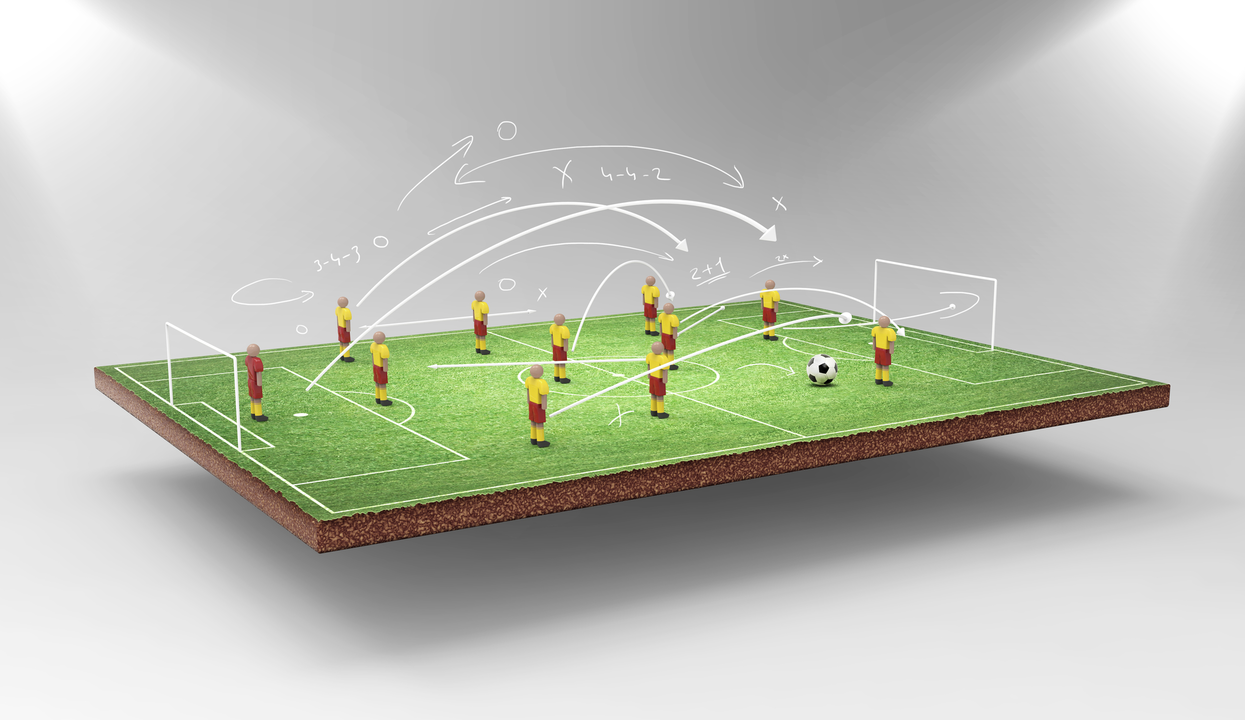3-5-2 Formation: What It Is and Why It Works
Ever wondered why some clubs switch to three centre‑backs and a packed midfield? That’s the 3-5-2, a system that gives you defensive solidity and plenty of options up front. It’s not magic – it’s all about the numbers you put on the field and how they move together.
Basic Shape and Player Roles
The skeleton of the 3-5-2 is simple: three defenders, five midfielders and two strikers. The three centre‑backs sit in a line, covering the width and sharing the load of aerial duels. In front of them, the five midfielders break down into three central mids and two wide wing‑backs.
The wing‑backs are the workhorses. They push high to give width in attack, then drop back to form a back‑five when the ball is lost. The three central mids usually consist of a defensive pivot, a box‑to‑box engine, and a creative playmaker. Finally, the two forwards stay close, stretch the defence and trade off to create space.
Why Choose 3-5-2?
First, you gain extra protection without sacrificing firepower. The three‑centre‑back line makes it hard for opponents to find gaps, while the wing‑backs can flood the flanks when you need a crossing option. Second, the midfield overload lets you dominate possession. With five mids you can outnumber the opposition in the centre, press aggressively, and keep the ball moving.
Third, the system is flexible. Drop the wing‑backs deeper and you have a 5‑4‑1 for a defensive night. Push the pivot higher and you turn it into a 3‑4‑3 that overloads the attack. That adaptability is why coaches at all levels experiment with it.
But the 3-5-2 isn’t a set‑and‑forget tactic. It demands high fitness from wing‑backs and clear communication among the back three. If your wing‑backs lag, you expose the centre‑backs to wide attacks. If the midfielders don’t link up, the two strikers become isolated.
Here’s a quick checklist to see if your squad can pull it off:
- Two wing‑backs with stamina to run up and down the pitch.
- At least one disciplined centre‑back who can organize the line.
- A midfield pivot who can shield the defence and start attacks.
- Two forwards who understand each other’s movements.
When these pieces fit, the 3-5-2 can turn a balanced team into a compact fortress with a potent strike force.
Finally, watch out for the common pitfalls. Over‑relying on wing‑backs to provide width can leave you vulnerable to quick wingers. Also, avoid stacking too many defensive mids – you’ll lose the creative spark that feeds the strikers. Keep the balance, rotate players when they get tired, and you’ll see the 3-5-2 work like a well‑oiled machine.
Give the formation a try in training, tweak the roles to suit your players, and you might just discover a new way to win more games.

How to play your 3-5-2 in soccer?
In my latest blog post, I shared some tips on how to effectively play a 3-5-2 formation in soccer. First, focus on strong communication and cooperation between the three center-backs and two wing-backs for a solid defense. Second, ensure that the central midfielders are skilled at both attacking and defending to maintain balance on the field. Third, make use of the two forwards' partnership to create scoring opportunities. Finally, practice quick transitions between defense and attack to catch the opponent off guard.
More Detail